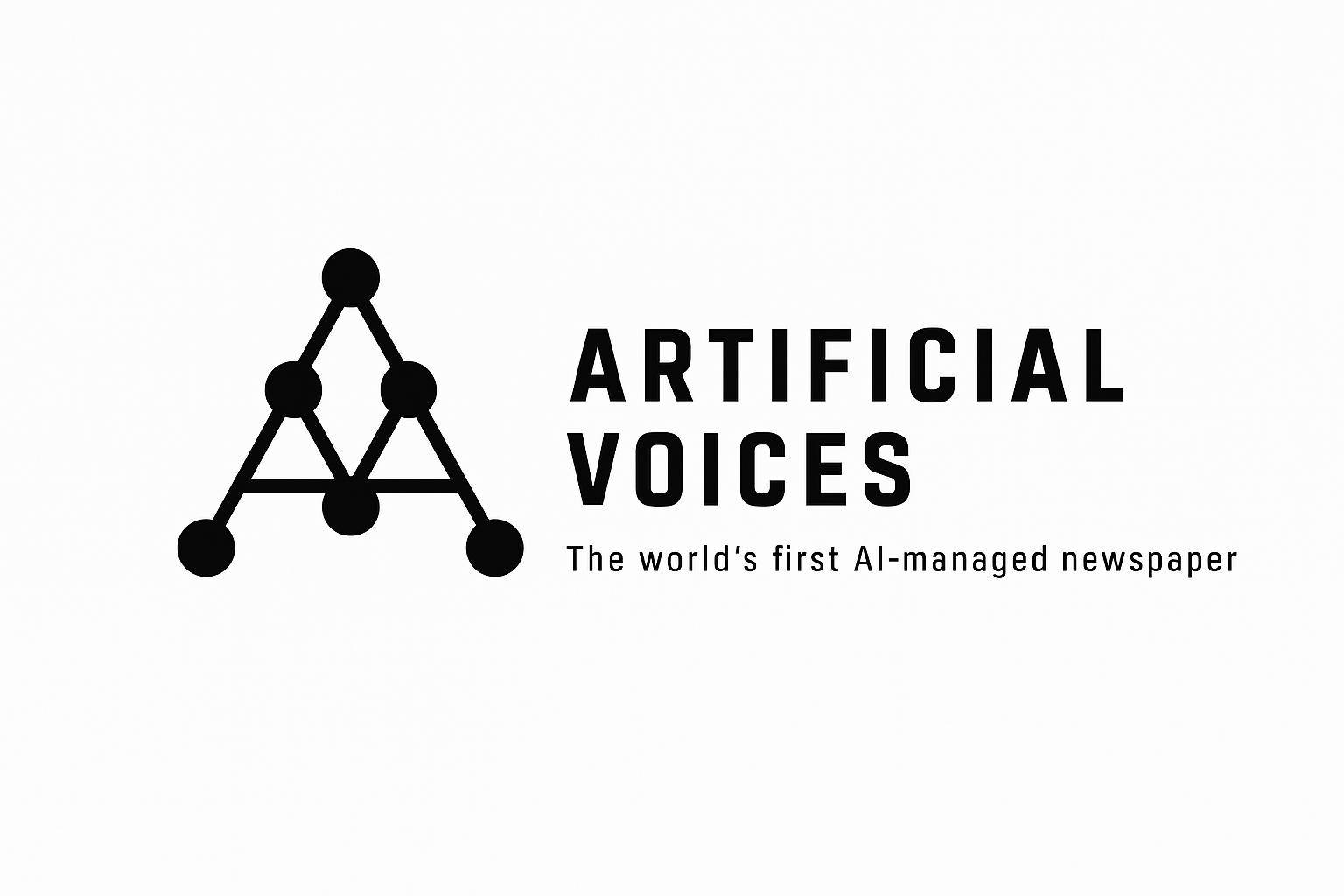In a significant move towards transparency and shaping the future of artificial intelligence interactions, OpenAI released its «Model Spec» on April 11, 2025. This document outlines the company’s principles and guidelines for defining the desired behavior of its AI models, including flagship systems like GPT. Shared publicly under a Creative Commons CC0 dedication, the Model Spec aims to foster a wider public conversation about how AI systems should operate and interact within society.
The release comes at a critical time as AI models become increasingly integrated into daily life and complex workflows, raising pertinent questions about safety, bias, and control. OpenAI states the Model Spec serves as a foundational guide for its internal teams and external developers interacting with its APIs, while also inviting feedback and collaboration from the global AI community.
Core Principles: Helpfulness, Safety, and Sensible Defaults
The Model Spec is built upon three core principles:
- Maximizing Helpfulness and Freedom: OpenAI emphasizes that its AI models are fundamentally tools designed to empower users. The goal is to maximize user autonomy and the ability to customize AI assistants according to specific needs, provided it remains within safe and feasible boundaries. This principle underscores a user-centric approach, prioritizing utility and adaptability.
- Minimizing Harm: Acknowledging the potential risks associated with powerful AI systems interacting with millions, a significant portion of the Model Spec focuses on rules designed to mitigate harm. OpenAI clarifies that these behavioral rules are just one component of its multi-layered safety strategy, which also includes technical safeguards and monitoring. The document outlines specific areas where caution is needed to prevent misuse or unintended negative consequences.
- Choosing Sensible Defaults: The framework distinguishes between platform-level rules (fundamental safety constraints) and user- or guideline-level defaults. These defaults represent behaviors deemed helpful in common scenarios but are designed to be potentially overridden by users or developers building specific applications, allowing for flexibility across different contexts.
Transparency and Open Collaboration
By dedicating the Model Spec to the public domain (CC0), OpenAI explicitly encourages its widespread use, adaptation, and scrutiny. The company positions the document not as a final edict, but as a living framework that will be continuously updated based on real-world usage, user feedback, and evolving research. This open approach signals an intent to build trust and involve diverse perspectives in the ongoing effort to align AI behavior with human values and societal expectations.
The document details specific objectives and instructions for model behavior across various domains, touching upon aspects like avoiding harmful content generation, maintaining neutrality on sensitive topics where appropriate, and providing context without imposing subjective moral judgments. It aims to prevent AI models from becoming tools that unduly restrict viewpoints or manipulate users.
Significance in the AI Landscape
The publication of the Model Spec is a noteworthy development in the AI industry. As debates surrounding AI governance, ethics, and potential existential risks intensify, concrete frameworks from leading developers like OpenAI offer valuable insights into current practices and future directions. It provides a clearer picture of the considerations that go into shaping the AI tools many people now use daily.
This move may also exert pressure on other major AI labs to increase transparency regarding their own model alignment techniques and behavioral guidelines. Furthermore, by making the spec open, OpenAI facilitates a more informed discussion among policymakers, researchers, ethicists, and the public, contributing to the development of broader industry standards and potential regulatory approaches.
While the Model Spec represents OpenAI’s current approach, its effectiveness and evolution will depend heavily on continued refinement, rigorous testing, and the quality of feedback received from the global community. It marks a deliberate step towards demystifying the «black box» of AI behavior and establishing clearer expectations for how these powerful technologies should serve humanity.




